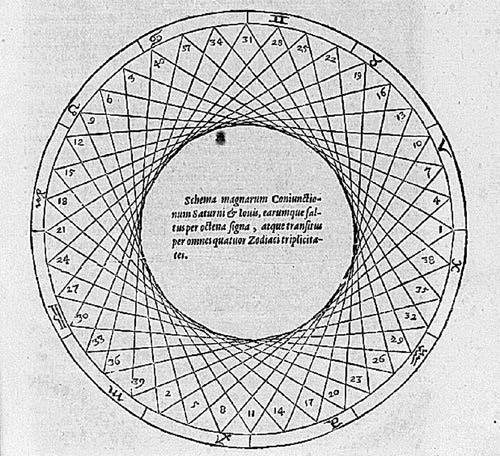After this, an early election was called in January 2020, which led to an historic result, but one that was still very much in favor of the status quo.
Then, a month later, as government formation talks continued to drag out, the coronavirus pandemic landed on Ireland's shores. This event has shaken the global order at its very core. The consequences of open borders and free trade are now very real for everyone. Critical thinkers of the global based economic system, who were branded outdated and backward as recently as January during the election debates, are now being proven correct weeks later. It was the governments allegiance to this system that prevented them from acting early, closing the airports, and putting travelers from Italy in quarantine as the Icelandic government did right from the start. A contact from Iceland wrote to me :
Iceland put everyone in quarantine coming from Italy very early on and a few days later everybody coming from a ski resort in Austria. Now there are more than 6,800 people in quarantine at home. Last week everybody living in Iceland (not tourists) coming home from abroad had to go into quarantine. Authorities also put a big effort into contact tracing. A team of policemen and health workers (at least 60 people) trace every single case. Everyday 50% of new confirmed cases are amongst those in quarantine.
Back in Ireland, a match with Italy on the 7th March was cancelled but thousands of Italians were still allowed to wander the capital Dublin that weekend. In the week before the scheduled match cases in Italy had jumped by 5000. There is some talk about China not releasing information quick enough. I disagree, the authorities in Europe had plenty of notice, they just failed to act decisively. Iceland have managed to slow the virus, comparatively speaking. Since the 11th March, cases in Iceland have increased by about 12 times, whilst in Ireland cases have increased by about 50 times. The cases are most likely understated in Ireland, because Iceland have tested 3% of their population, including people who do not have symptoms.
Now that we are in lockdown, climate change is well and truly off the agenda. Which reminds me, if we are in the middle of a climate crisis with the ice melting as the schoolchildren (sorry, teachers) are so fond of reminding us, why were schoolchildren flying fossil fueled airplanes to Italy to ski in the snow in February on their holidays ?



